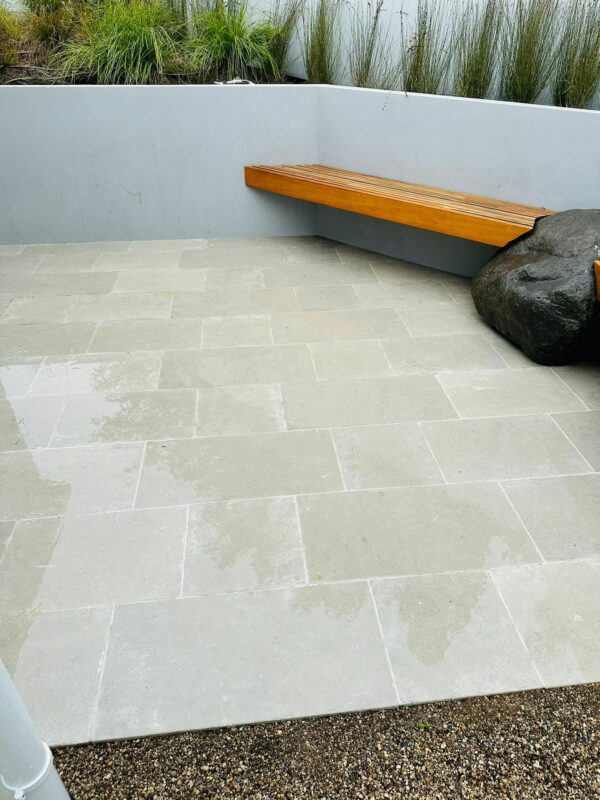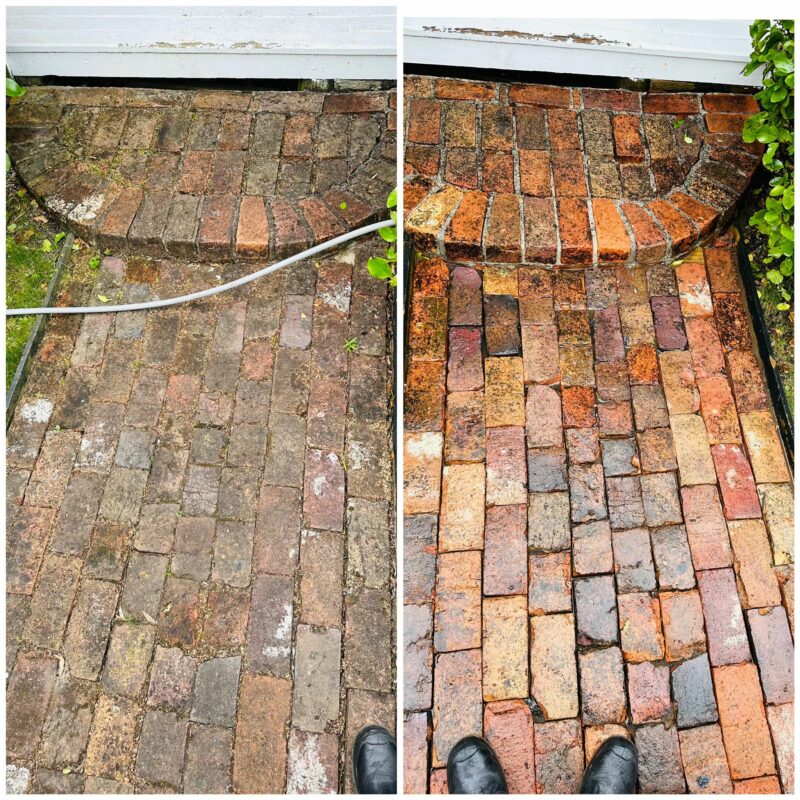Water blasting, a dynamic and efficient method of cleaning and surface preparation, has revolutionized various industries. From industrial cleaning to graffiti removal, this powerful technique offers a myriad of applications that are both effective and environmentally friendly.
What is Water Blasting?
Water blasting involves the use of high-pressure water jets to remove contaminants, coatings, and unwanted materials from surfaces. This method utilizes different techniques, such as hydro-jetting and water sandblasting, to achieve precise and thorough cleaning.
Applications of Water Blasting
Industrial Cleaning
Water blasting is widely employed in industrial settings to clean equipment, machinery, and structures. The high-pressure water effectively removes grease, grime, and other stubborn substances, ensuring optimal performance and longevity.
Surface Preparation
Industries like construction and shipbuilding rely on water blasting for surface preparation before painting or coating applications. The process ensures a clean and smooth surface, enhancing the adhesion of coatings for better durability.
Graffiti Removal
Municipalities and property owners use water blasting to combat graffiti effectively. The high-pressure water easily eliminates spray paint and other graffiti materials without causing damage to the underlying surfaces.
Advantages of Water Blasting
Environmentally Friendly
Unlike traditional cleaning methods that often involve harsh chemicals, water blasting is an eco-friendly option. The process relies solely on the power of water, reducing the environmental impact and promoting sustainability.
Precision in Cleaning
Water blasting provides a level of precision that is unmatched by many other cleaning methods. The high-pressure jets can target specific areas, ensuring thorough cleaning without affecting surrounding surfaces.
Cost-Effectiveness
In the long run, water blasting proves to be cost-effective. The reduced need for chemical cleaners and the efficiency of the process contribute to overall savings for industries and businesses.
Water Blasting Equipment
To execute water blasting effectively, specialized equipment is required.
High-Pressure Water Pumps
These pumps generate the intense pressure needed for water blasting. They come in various sizes and capacities to meet the demands of different applications.
Nozzles and Hoses
Different nozzles and hoses are used to control the spray pattern and pressure of the water. The selection depends on the type of surface and the level of cleaning required.
Safety Measures
Proper safety measures, including the use of personal protective equipment and adherence to guidelines, are crucial to prevent accidents and injuries during water blasting operations.
Safety Precautions in Water Blasting
Protective Gear
Operators must wear appropriate protective gear, including goggles, gloves, and coveralls, to safeguard against high-pressure water and potential splashes.
Training and Certification
Operators should undergo thorough training and obtain certification in water blasting procedures to ensure competence and safety in handling equipment.
Environmental Considerations
While water blasting is eco-friendly, it’s essential to consider the environmental impact of water runoff. Proper disposal and containment measures should be in place.
Choosing the Right Water Blasting System
Several factors must be considered when selecting a water blasting system.
- Factors to Consider
- Type of contaminants
- Surface material
- Desired level of cleaning
Matching the System to the Task
Choosing the right equipment ensures optimal results and prevents unnecessary damage to surfaces. Tailoring the system to the specific task at hand is crucial.
Common Challenges in Water Blasting
Controlling Water Runoff
One of the challenges in water blasting is managing the water runoff, especially in outdoor or large-scale applications. Proper drainage and containment systems are essential.
Dealing with Stubborn Contaminants
Certain contaminants may pose challenges during water blasting. Innovations in nozzle design and water pressure adjustments help tackle stubborn substances effectively.
Safety Concerns
Despite its advantages, safety concerns in water blasting exist. Following established safety protocols and regular equipment maintenance mitigate potential risks.
Water Blasting vs. Traditional Cleaning Methods
A Comparison of Effectiveness
Comparing water blasting to traditional cleaning methods highlights its superior effectiveness, especially in removing tough contaminants and preparing surfaces for coatings.
Environmental Impact
Traditional cleaning methods often involve the use of chemicals harmful to the environment. Water blasting stands out as an eco-friendly alternative, aligning with the growing focus on sustainability.
Success Stories: Water Blasting in Action
Real-World Examples of Successful Applications
Numerous industries have witnessed transformative results with water blasting. Case studies from manufacturing plants, construction sites, and municipal areas showcase the versatility and impact of this cleaning method.
Testimonials from Industries Benefiting from Water Blasting
Positive feedback from industries underscores the reliability and efficiency of water blasting in achieving desired cleaning outcomes.
Future Trends in Water Blasting Technology
Innovations and Advancements
The future of water blasting technology holds exciting possibilities. Innovations such as robotic water blasting and enhanced nozzle designs promise even more efficiency and precision in cleaning.
Potential for Broader Applications
As technology advances, the applications of water blasting are likely to expand into new industries and sectors, further establishing its position as a go-to cleaning and surface preparation method.
DIY Water Blasting Tips
Safety Guidelines for Individuals
For homeowners considering water blasting for DIY projects, adherence to safety guidelines is paramount. Personal protective equipment and awareness of equipment operation are crucial.
Equipment Recommendations for Home Use
Choosing the right water blasting equipment for home projects involves considering factors such as pressure requirements, nozzle types, and safety features.
Environmental Impact of Water Blasting
Reduced Chemical Usage
The minimal use of chemicals in water blasting contributes to a cleaner and healthier environment, aligning with the global push for sustainable practices.
Minimizing Ecological Footprint
Water blasting minimizes its ecological footprint by relying on water as the primary cleaning agent, reducing the release of harmful substances into the environment.
Case Studies: Noteworthy Water Blasting Projects
High-Profile Projects with Significant Impact
Examining case studies of water blasting projects showcases its effectiveness in tackling large-scale cleaning tasks, from historic restoration to industrial maintenance.
Before-and-After Visuals
Visual evidence of the transformation achieved through water blasting reinforces its capability to restore surfaces to their original state.
Conclusion
In conclusion, water blasting emerges as a powerful, eco-friendly, and versatile method for cleaning and surface preparation. Its applications span various industries, offering a combination of precision, cost-effectiveness, and environmental responsibility. As technology advances, the future holds even more promise for water blasting, positioning it as a leading choice for effective cleaning solutions.



